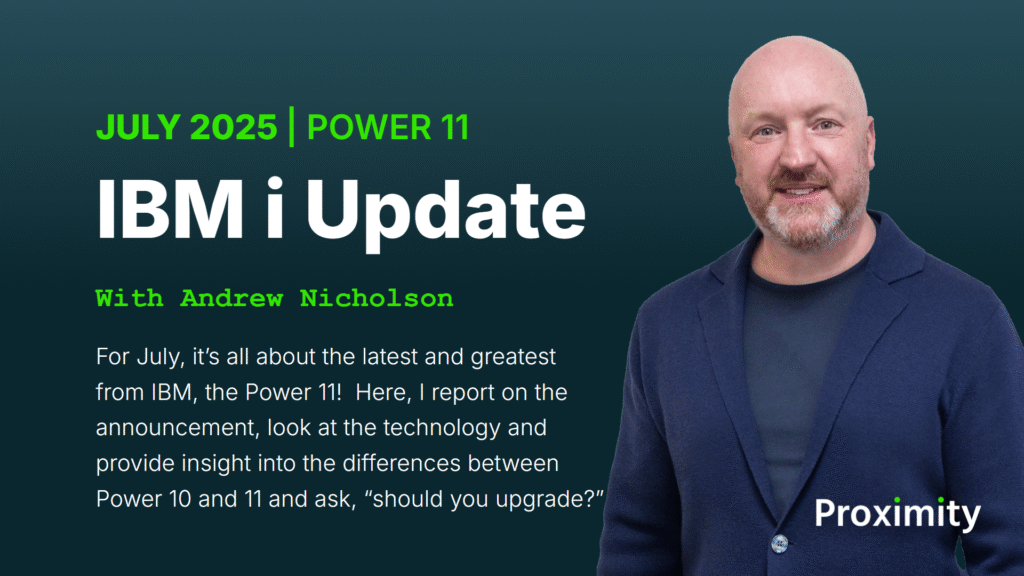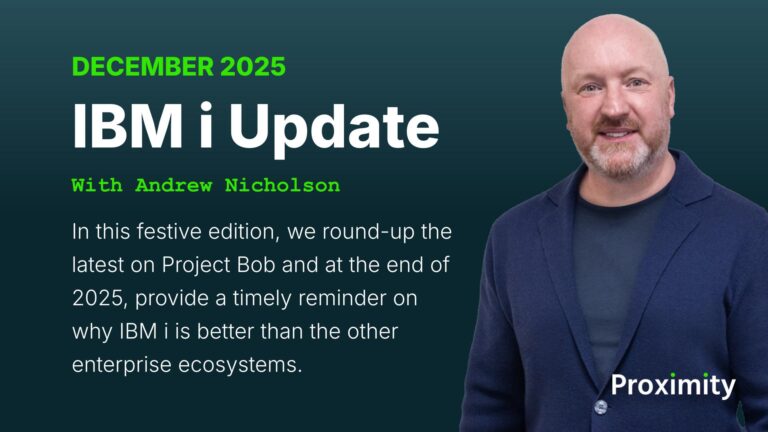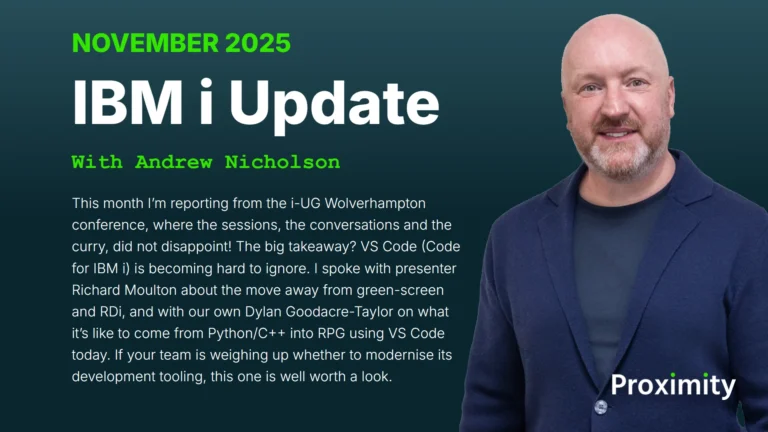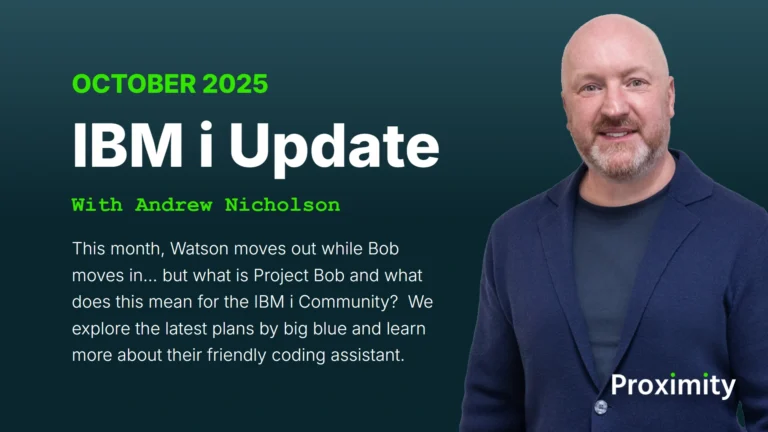Welcome to your IBM i update for July 2025. And for this month, it’s all about the latest and greatest from IBM, the Power11!
Here, I report on the announcement, look at the technology and ask, “What’s so great about the Power11?” and, “Should I now upgrade from a Power10 or 9, or earlier?”
Watch the video below, or read the full article underneath.
IBM announce Power11 at a special event in Munich
So, July 8th was Power11 announcement day – and this year, the technology is focussed on the availability, resiliency, performance, and scalability for modern enterprises demands.
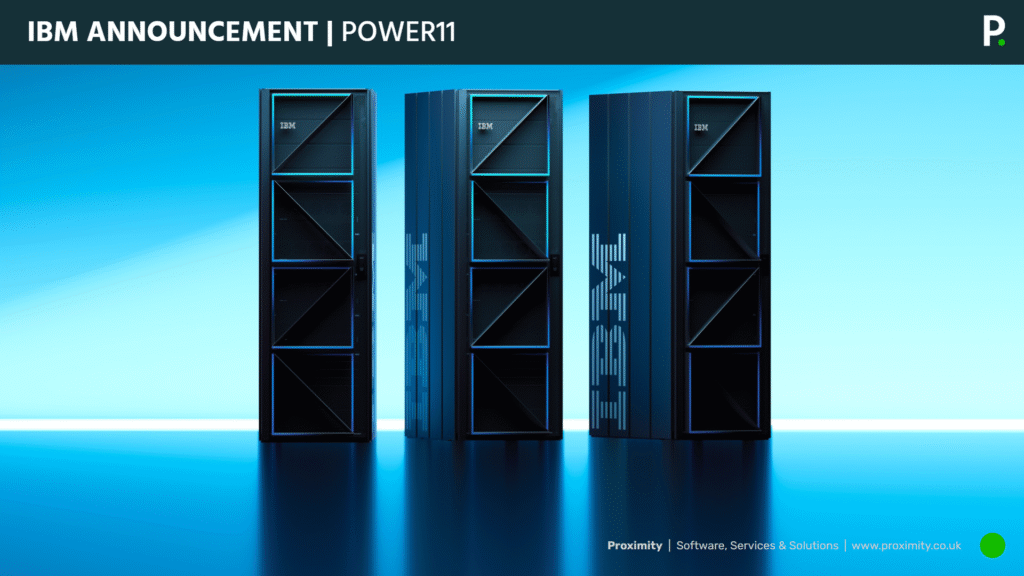
IBM made the announcement at a special event in Munich and it was opened by Tom Mc Pherson, the General Manager of IBM Power.
Performance improvements in Power11
We kicked off the event by emphasising that Power11 is more efficient, better equipped and provides far better resilience.
IBM were keen to put forward the the upside. So, first, as energy prices continue to rise, it’s reassuring to know that the new chips feature an energy-saving mode that trades a little bit of performance for a 28 percent improvement in efficiency.
Speaking of performance, the Power 11 chips are up to 55 percent faster cores than its Power9 chips… but do remember, Power 9 debuted in 2017.
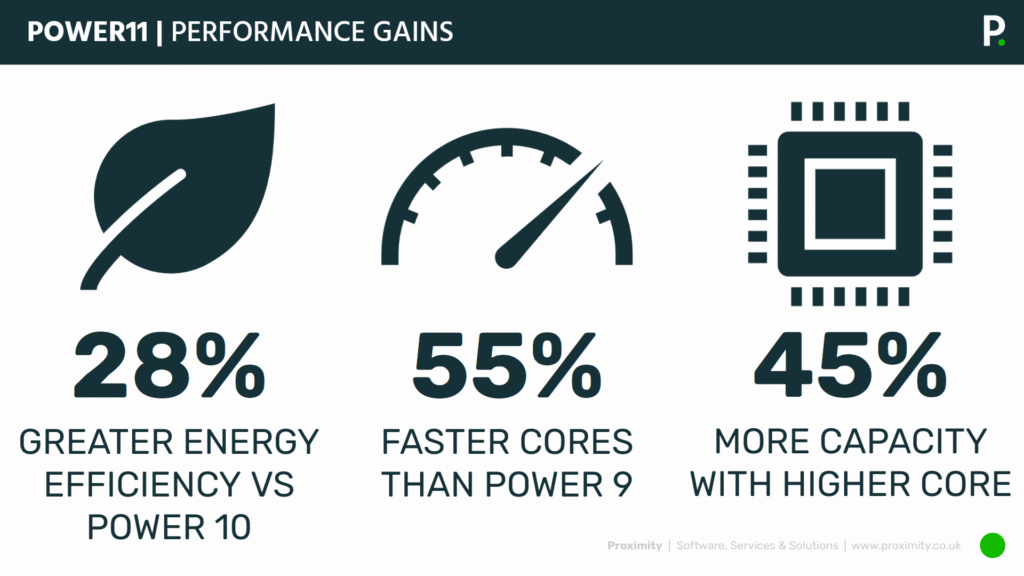
And, Power11 has up to 45% more capacity that its predecessor too with higher core counts in entry and mid-range systems.
All this in a platform that claims to deliver 99.9999 percent uptime.
Indeed, one of the features put front and centre of the Power11 was its zero planned downtime for system maintenance. But, how are they going to achieve that?
Well, now they have ‘concurrent maintenance’ this feature updates and applies patches automatically – firmware, OS and even security too – it’s like Windows automatic update… without the annoying reboot, or the blue screen of death!
This simplifies maintenance.
But furthermore, with Power HMC your Power11 captures and uploads logs instantly, helping to resolve issues before… well, they become an issue.
Finally, like the Power10, Power11 will have 16 cores.
But unlike the Power10, Power11 will only allow you to activate a total of 15 cores – the 16th core acts as a ‘spare tyre’.
As Daniel Goldener, the Worldwide Product Manager explains.
The spare tire is there in your car, but you can’t use it until one of the real tires goes flat.”
So, the 16th core will activate automatically, but only ever in an emergency.
But back to the launch, the other element that allowed IBM to achieve the 99.999% downtime.
On threat detection, Bargav Balakrishnan, VP IBM Power, introduced IBM Power CyberVault in which IBM guarantee ransomware threat detection within one minute.
And, should the worst happen, CyberVault will enable the enterprise to recover from a ransomware attacks in minutes – all very impressive.
Power11 delivers AI-ready infrastructure
Now, you can’t discuss technology these days without mentioning AI and IBM were keen to put forward the fact that Power11 delivers AI-ready infrastructure with built-in, on-chip acceleration.
And, with the addition of the IBM Spyre Accelerator, the technology is fully scalable to support any mission-critical AI workload.
Power Virtual Server:
Also, a first for power, is the general availability of Power Virtual Server.
This provides the opportunity to unlock a hybrid cloud for any enterprise running on Power11… something that Proximity have done – I’ll let Doris Conti, the VP of IBM Power Systems explain more…
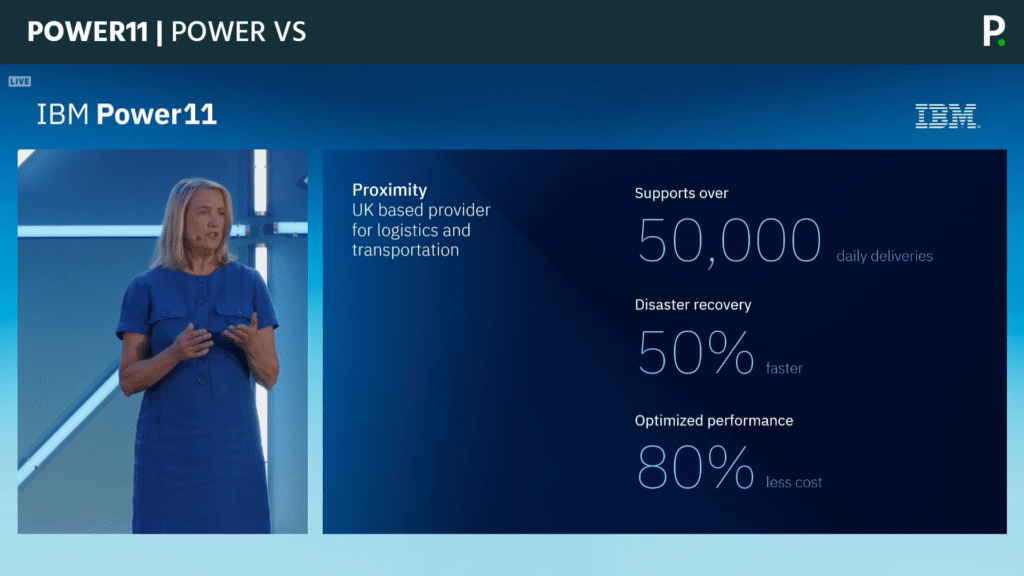
Doris Conti, the VP of IBM Power Systems:
“We are seeing a growing number of clients implementing Power VS and adding Power VS to their enterprise to strengthen their business resilience.
Some of them are setting up another location because they want more geographic dispersity. Some of them are adding a third data centre because of country or regulatory requirements. Some are just looking for more efficient DR or backup strategies, trying to reduce the cost or improve their recovery response time.
Take Proximity, for example. Proximity is a UK-based logistics and transportation provider. They manage 50,000 deliveries a day, and warehouses and thousands of drivers depend on them for real-time data.
They had challenges with their existing DR. They were struggling with costs, and they were struggling with reliability, very concerned with having an impact.
They added Power VS for DR, and they’re seeing fantastic results.
They’re now able to recover 50 % faster with 80 % less cost. And as an added benefit after getting that amazing results with DR, they’re also using Power VS as a failover point for when they’re doing planned maintenance on their on-prem systems.
That’s the results that they needed and the agility that Power VS provides for their business results.”
Is it worth upgrading from Power10 to Power11?
But bar the niceties and new technologies, is it worth upgrading from a Power 10 to a Power 11?
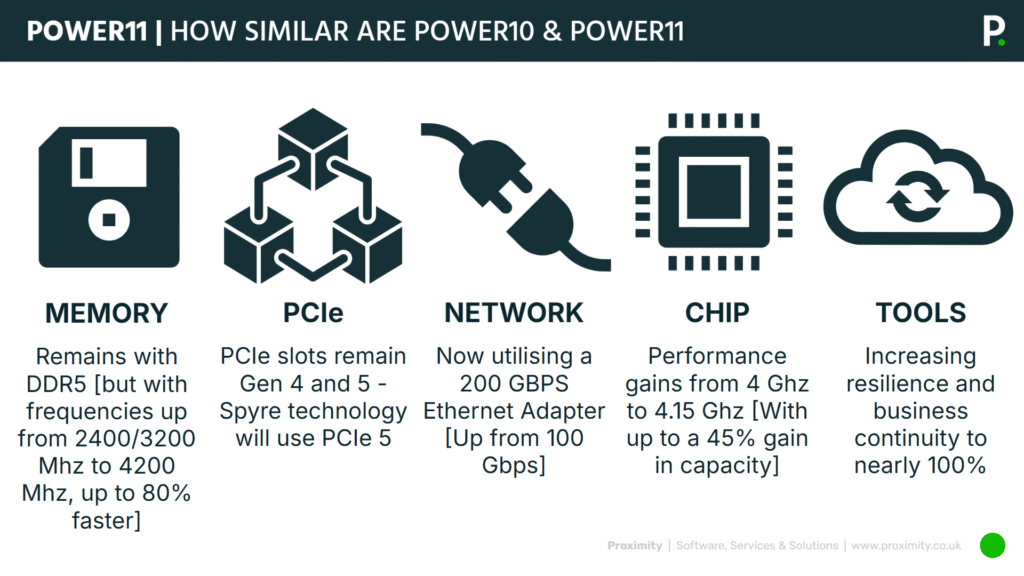
Well, Larry Bolguis of Service Express explored this very questions and compared Power10 to Power11 [you can find his blog post here.
Well, Larry explains that there are some great similarities.
First, the memory module interfaces remain the same as Power10, utilising DDR5. So, no improvement there then?
Well, that is until you see that the frequencies of the DDR5 can run at up to 4800 Mhz, while the maximum on the Power10 was 3200 Mhz – if you bare in mind that Power10 also utilised DDR4, the Power11 operates – memory wise, as much as 80% faster!
Then there’s the PCIe slots, they remain at PCIe 5 – but that’s ok – I can’t think of another mainstream server technology that surpasses this at present.
What has improved however is the ethernet adapter, with the Power11 now providing a massive 200Gbps – up 100% from the Power10.
The chip itself has face scrutiny as it uses the same 7nm dye as the Power 10 and has the same number of pins.
However, there are more active cores per socket, up to two spare cores per socket and the Power11 achieves a higher clock speed of 4.15 Ghz compared to the 4 Ghz of Power10.
As such, with the higher core counts, it enjoys a 45% gain in capacity over its predecessor.
And finally, on tools… and i think this is the area in which Power11 really shines… like I said earlier, with the automated data collection, reporting, updates, and maintenance – it makes this system rather bullet proof.
But would Larry and I recommend a Power11, over a Power10? Certainly.
It has more and faster memory, more cores, more Ghz while at the same time increasing reliability, providing better protection and is a better platform for AI to boot too – what’s not to like?
Now, I’ll cover more on this in the next IBM i update, but for this episode – that’s a wrap.
For more like this and previous episodes that include more on Spyre technology and AI, please see our blog on the proximity website and Linked in, but for now, I’m Andrew Nicholson, we’re Proximity, the IBM i partners that are in your corner.
We’ll see you next time.
All the Best, Andy.
Catch up on our June Part 1 and June Part 2 IBM i updates. We’ve also got a summary of all the IBM i Updates published in 2024 here.
Follow this link to access all the IBM i Update’s in one place.
Alternatively, if you’d like to receive the latest IBM i Update hot off the press to your inbox, subscribe to the newsletter version on LinkedIn.

